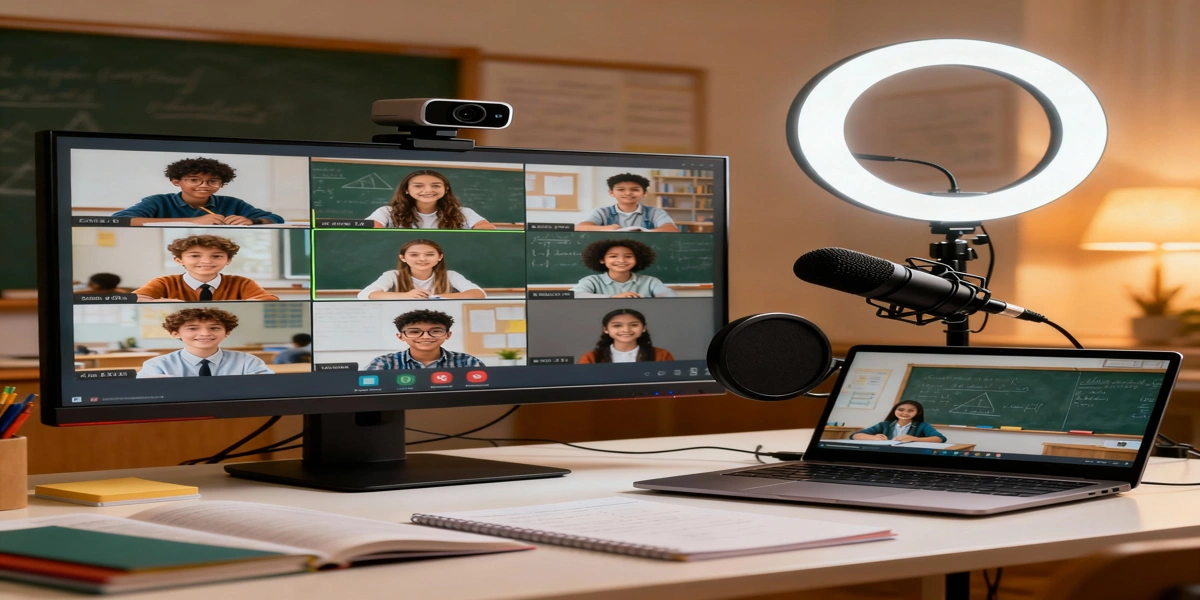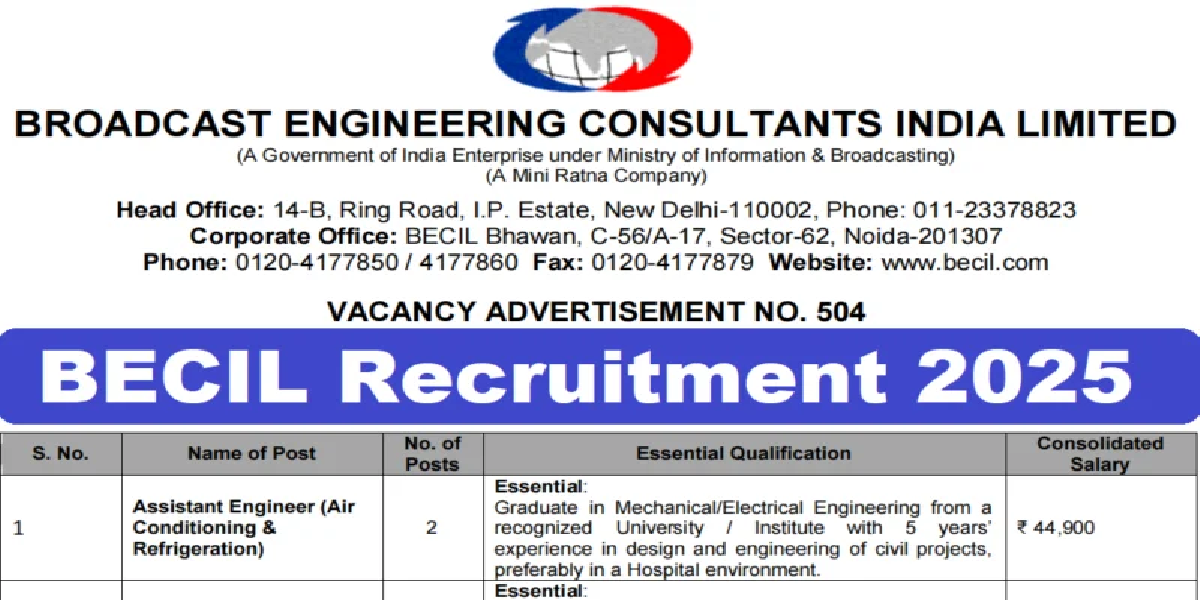The digital transformation of education has accelerated dramatically, making virtual classroom setup guides essential reading for educators across America. With over 65% of teachers now incorporating digital learning tools into their daily lessons, creating an effective virtual learning environment has become a critical skill for modern educators. Whether you’re transitioning from traditional classroom teaching or looking to enhance your existing online presence, this comprehensive guide provides everything you need to build a professional, engaging virtual classroom that delivers exceptional learning outcomes.
Essential Components of Professional Virtual Classroom Setup Guides
Creating a successful virtual classroom requires careful attention to both technical and pedagogical elements. Virtual classroom setup guides emphasize that the foundation of effective online teaching begins with understanding your core requirements and systematically building from there.
Hardware Requirements for Your Virtual Teaching Space
Computer and Processing Power: Your laptop or desktop serves as the command center for your virtual classroom. Modern virtual classroom setup guides recommend a minimum of 8GB RAM with an Intel i5 processor or equivalent for smooth operation. For educators handling graphic-heavy presentations or video editing, upgrading to 16GB RAM ensures seamless performance during live sessions.
High-Definition Video Equipment: Professional-quality visuals significantly impact student engagement and learning outcomes. External HD webcams like the Logitech C920 produce crisp, clear visuals that outperform built-in cameras. Position your webcam at eye level, 3-4 feet away, ensuring your face occupies approximately 30% of the frame for optimal visual connection with students.
Audio Equipment for Crystal-Clear Communication: Clear audio delivery is non-negotiable in virtual education. Virtual classroom setup guides consistently highlight audio quality as the most critical technical factor. Professional options include:
-
USB Microphones: Blue Yeti or Rode USB Mini for studio-quality sound
-
Noise-Canceling Headsets: Jabra Evolve or HyperX for focused audio delivery
-
Positioning: Place microphones 6-8 inches from your mouth, slightly off to the side for optimal clarity
Network Infrastructure and Connectivity Solutions
Internet Speed Requirements
Reliable internet connectivity forms the backbone of successful virtual teaching. Virtual classroom setup guides recommend minimum speeds of 15-25 Mbps download and 5 Mbps upload for standard lessons, with higher bandwidth for streaming-heavy content. Ethernet connections provide superior stability compared to Wi-Fi, making long LAN cables a worthwhile investment.
Backup Connectivity Options
Professional educators prepare for connectivity disruptions with:
-
Mobile hotspot devices for emergency backup
-
Uninterruptible Power Supply (UPS) systems for power outages
-
Secondary internet service providers for critical teaching periods
Advanced Virtual Classroom Setup Guides for Platform Selection
Evaluating Virtual Learning Platforms
Platform Features Assessment
Successful virtual classroom setup guides emphasize evaluating platforms based on specific educational needs rather than popularity alone. Essential features include:
-
Interactive Tools: Polls, quizzes, breakout rooms, and interactive whiteboards
-
Device Compatibility: Seamless operation across desktops, tablets, and mobile devices
-
Integration Capabilities: Smooth connection with existing Learning Management Systems (LMS)
-
Security Standards: GDPR, FERPA, or HIPAA compliance for student data protection
Popular Platform Options for American Educators
Leading platforms consistently recommended in virtual classroom setup guides include:
-
Zoom: Comprehensive educational features with breakout rooms and advanced polling
-
Microsoft Teams: Enterprise collaboration with integrated Office 365 tools
-
Google Classroom: Free, scalable solution with extensive Google Workspace integration
-
Specialized EdTech Platforms: Purpose-built educational tools like Kaltura and Digital Samba
Setting Up Your Digital Learning Environment
Physical Space Optimization
Virtual classroom setup guides stress the importance of creating a dedicated teaching space that minimizes distractions and maximizes professionalism. Key considerations include:
-
Lighting: Position ring lights or soft boxes in front of you, never behind, to avoid silhouette effects
-
Background: Choose neutral, non-distracting backgrounds or utilize virtual background features
-
Noise Control: Select quiet spaces with good acoustics, using acoustic panels if necessary
Comprehensive Virtual Classroom Setup Guides for Content Delivery
Interactive Teaching Tools and Engagement Strategies
Digital Whiteboard Integration
Modern virtual classroom setup guides highlight digital whiteboards as essential for maintaining student engagement. Tools like Padlet and Mentimeter transform passive viewing into active participation. These platforms allow real-time collaboration, instant feedback collection, and visual representation of collective student thinking.
Assessment and Engagement Platforms
Effective virtual teaching incorporates continuous assessment and engagement tools:
-
Kahoot!: Game-based learning platform with real-time competition features
-
Mentimeter: Interactive presentation tool for live feedback and discussion
-
Edpuzzle: Video-based learning with embedded questions and progress tracking
Content Organization and Delivery Systems
Learning Management System Integration
Professional virtual classroom setup guides emphasize seamless LMS integration for efficient content delivery. Successful implementation includes:
-
Consistent File Naming: Develop systematic naming conventions for easy resource location
-
Module-Based Organization: Group related lessons, assignments, and resources together
-
Scheduled Content Delivery: Use automated systems for assignment distribution and deadline management
Multimedia Content Creation
Engaging virtual classrooms incorporate diverse content formats:
-
Video Content: Screen recordings with clear audio narration using tools like WeVideo
-
Interactive Presentations: PowerPoint with embedded polls and multimedia elements
-
Digital Resources: Curated online materials organized through platforms like YouTube and Google Drive
Advanced Virtual Classroom Setup Guides for Professional Development
Testing and Quality Assurance Protocols
Pre-Launch Testing Procedures
Experienced educators following virtual classroom setup guides conduct thorough testing before student-facing sessions:
-
Load Testing: Verify system performance with 3x expected concurrent users
-
Equipment Verification: Test all audio, video, and interactive features systematically
-
Platform Familiarization: Practice using all features including screen sharing, breakout rooms, and recording functions
Ongoing Quality Monitoring
Continuous improvement requires regular assessment:
-
Weekly Performance Reviews: Monitor system performance and identify improvement opportunities
-
Student Feedback Integration: Collect and implement student suggestions for platform usability
-
Technical Skill Development: Stay current with platform updates and new feature releases
Scaling and Growth Strategies
Professional Development and Training
Leading virtual classroom setup guides recommend continuous skill development:
-
Platform-Specific Certifications: Pursue official training from major platform providers
-
Educational Technology Conferences: Attend virtual and in-person EdTech events
-
Peer Collaboration Networks: Join educator communities for best practice sharing
Implementation Timeline and Best Practices
Quick Setup Protocol for Immediate Implementation
10-Minute Virtual Classroom Launch
Emergency virtual classroom setup guides provide rapid deployment strategies:
-
File Organization (1 minute): Prepare all presentation materials for quick access
-
Platform Login (2 minutes): Access chosen platform and navigate to event creation
-
Session Configuration (2 minutes): Input basic details including title, date, and duration
-
Technology Check (3 minutes): Verify audio, video, and internet connectivity
-
Student Communication (2 minutes): Share access links and joining instructions
Long-Term Optimization Strategies
Systematic Improvement Process
Sustainable virtual teaching requires ongoing refinement:
Monthly Technology Audits: Assess equipment performance and upgrade needs
Quarterly Curriculum Reviews: Evaluate content delivery effectiveness and student outcomes
Annual Platform Assessment: Consider new tools and technologies for enhanced functionality
Mastering Virtual Classroom Setup Guides for Educational Excellence
Creating an effective virtual classroom represents a significant investment in educational technology and methodology, but the returns in student engagement and learning outcomes are substantial. These comprehensive virtual classroom setup guides provide the foundation for building professional, engaging online learning environments that serve American students effectively.
Read also: Hybrid education a game changer in modern pedagogy






